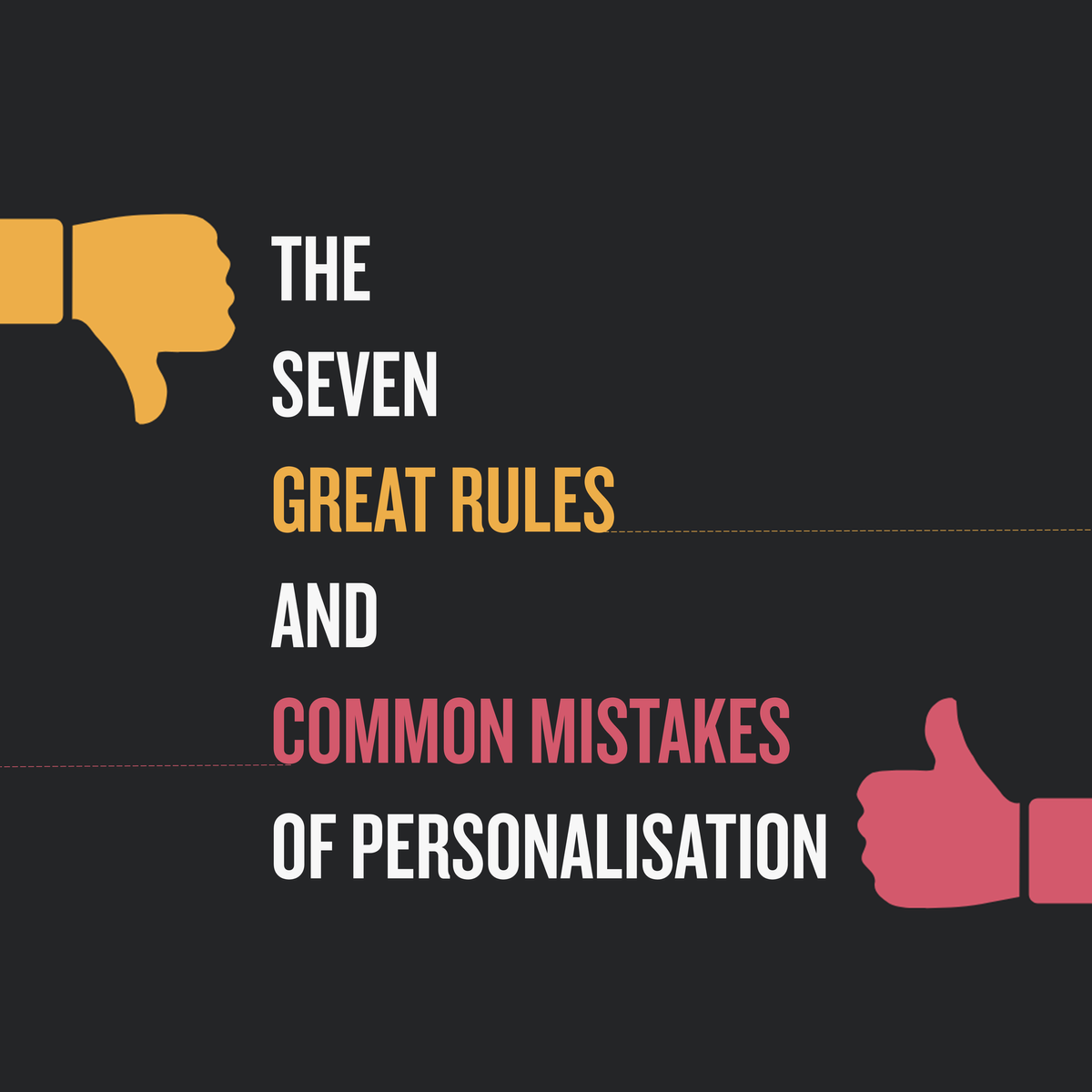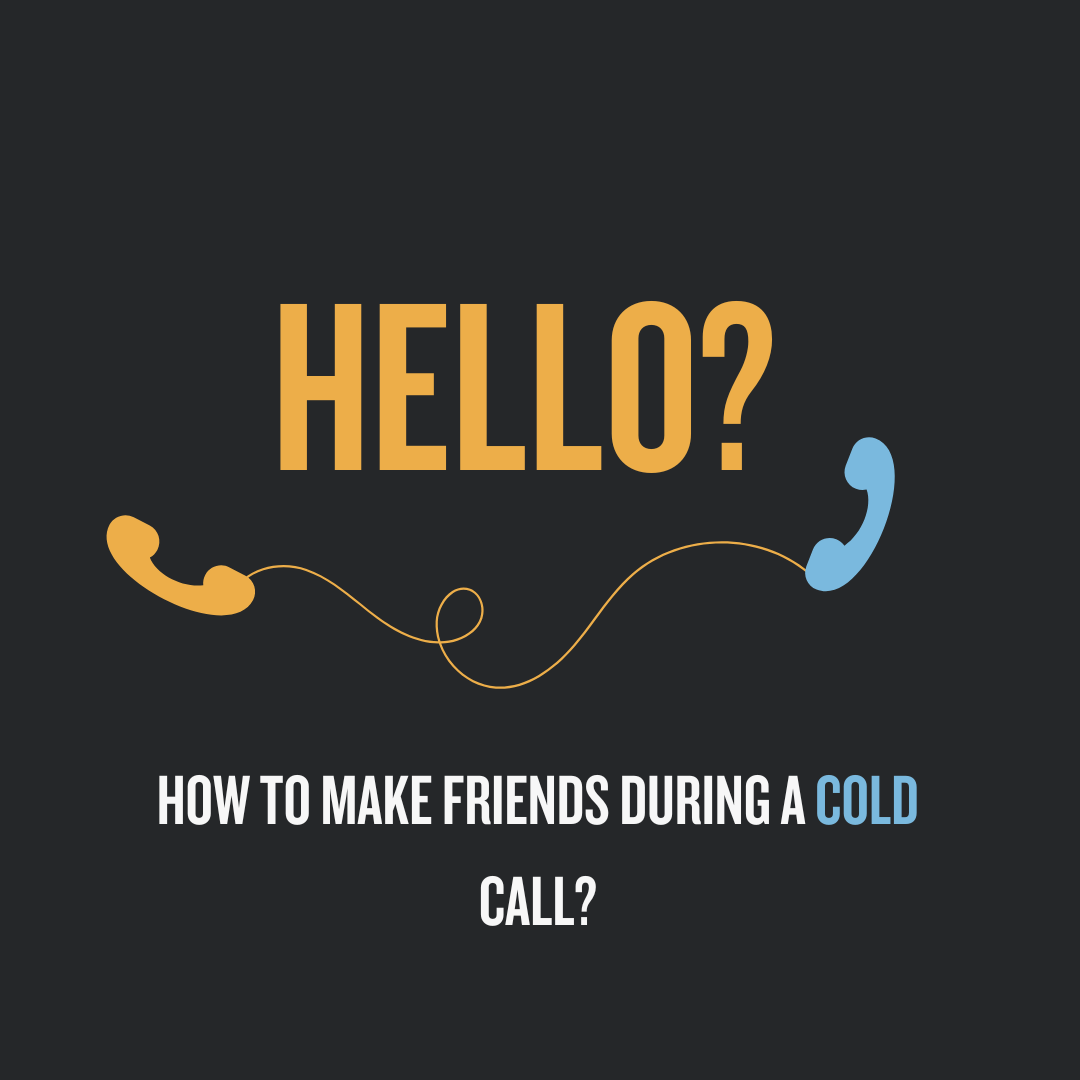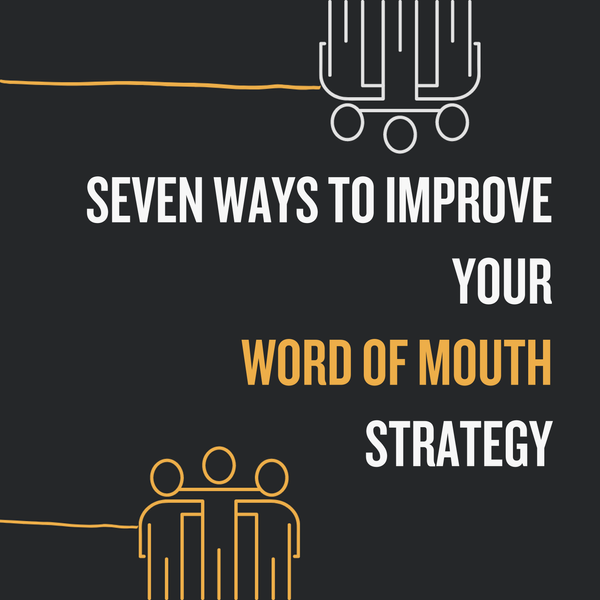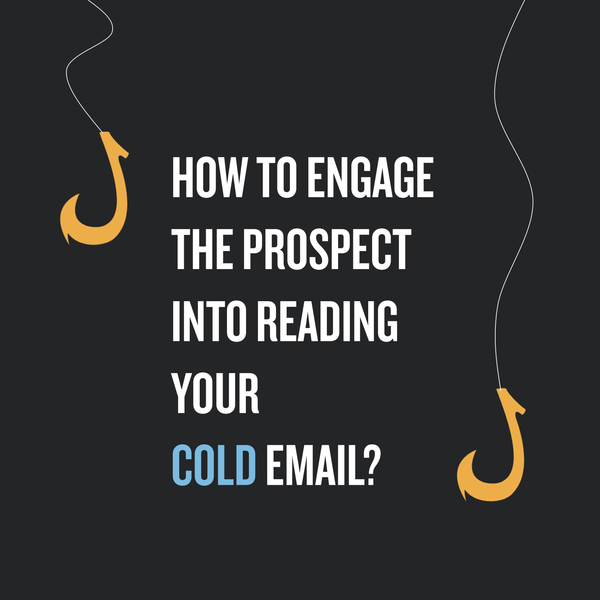Imagine you spent a ton of time personalizing your email outreach and your work got ghosted. You didn’t get a reply, your message wasn’t even opened, what can you do then?
Surely you will try to track down your mistake and solve it. But what if you just can’t pinpoint the key problem? Well, your email seems fine, well-personalized, and overall good. How can you solve this problem or, more importantly, what do you need to change in order to create a scalable email that won’t get ghosted?
Here is the thing, sometimes we are looking too deeply into the problem and don't see obvious mistakes on the surface. Maybe you did choose the right point of personalization and structured your email well enough, but you made simple mistakes like writing “Hey” but not “Hi”.
In this article, I will share 7 rules of attractive messaging and then introduce you to the 7 most common mistakes that you probably have made in the past.
So, let’s dive deeper into the topic, shall we?
The 7 rules of attractive messaging
It’s important to be creative and think outside of the box, but some rules are there for help and help only. That’s the case for the rules of attractive writing - with them you will take your already good personalization to the next level!
Be prospect-centric
It’s important to only discuss your prospect, not your company. Personalizing means writing about the prospect to the prospect themselves. So, don't waste your time writing about yourself when the prospects won’t even read it.
Be pain-centric
Pain is a powerful motivator behind any decision. When you are making a value proposition to your prospect, bring the prospect’s attention to what pains you alleviate.
Be pride adverse
Be sure to make the prospect the hero/authority in your email. As I said the email must be about them and them only. You can use a thing called passive submission - show your prospect that you are their fan and you really enjoyed their article/post/ career path (personalization way of your choice).
Fluidity
This is more of a technical rule - here the main point is to be able to connect the premise, the body, and the call to action. You need to carry the logic through the course of your email and deliver a clear message.
Relevance
Personalization enhances the need for relevance. You need to analyze different types of buyer persona and figure out the particular relevance of your product to each and every one of them.
Brevity
Listen, prospects don't have the ability nor the desire to read novel-like emails. The main rule here is - do not write 7 words, when 4 will do the job.
Noticeability
Here we are talking about the subject line. It should grab your prospect’s attention but only in a positive way. So the rule here is simple - create a cool subject line but don't be provocative or offensive just for the sake of getting attention.
Be aware of the 7 common mistakes
Sometimes we aren't able to see the mistakes because we don't know about them.
For instance, a simple and cute one-liner to us can offend someone on the receiving end of the email. So here are the 7 common mistakes that you’ve probably made if your emails keep being ghosted:
Being too casual or too silly
Any personalized email is still a representation of you, your company, and your product. Yes, the tone of the email must be easy and less formal but don't cross the line and be too casual or too silly. Remember, you’re still talking to a buyer that will potentially become your customer.
Wasted text
I can’t stress enough one point - personalized emails should be brief. You can't imagine how much-wasted text you actually have in your emails. For instance, here are a few examples of wasted text:
- “I know you’re busy, but…”
- “Just want to follow up”
- “Just want to circle back”
Prospects want you to get to the point, so the best way for you is to be brief, polite, and direct.
Being the authority over the prospect
Being patronizing isn’t the right way of writing your emails. Commanding tone triggers the prospects and makes them want to rebel, so be careful with your tonality because it can create complications for your outreach.
Those commanding phrases can almost be unnoticeable but still have a negative effect on the prospect:
- “Be there at five…”
- “Send me a reply…”
- “Call me…”
Questioning authority
Asking people about their power is the wrong move. When you are pitching the prospect, you already assume that they are the right person and they are the key to your success. Here are a few examples of wrong phrases you better not use:
- “Are you the decision-maker?”
- “I guess you’re not the right person”
Making your prospect feel not OK
Here we can divide this mistake into two small points:
- “I’ve emailed you 7 times, but you haven’t responded…”. Don't blame your prospect - they will simply ignore your email. They will feel guilty, pressured, and won’t have the right motivation to answer you.
- Mudslinging against competitors your prospects use. That’s a universal rule - don't talk poorly about your competitors because you will just lose the authority of your company in the process.
Glorifying yourself
You are the tool for your prospect to achieve their dreams. They don't really care about your success, about how good you think you are. They want to know how you can actually help and that’s pretty much it. So, choose to avoid phrases that start like this:
- “We are the …”
- “We are the #1…”
Instead, be sure to tell the prospect how amazing your customers are and that you had a blast working with them. That’s how you will make a good impression without actually glorifying yourself.
Making the prospect feel stupid
Some questions have the power to doubt the prospect’s ability to understand certain things. For instance, popular questions like this:
- “Do you know what we do?”
- “Does that make sense?”
When you are asking those questions you are automatically challenging your prospect’s knowledge and making them feel truly stupid. Instead, try asking questions like “Am I making any sense?”.
That’s how you show that it’s not the prospect’s fault if they didn’t understand something and that you are willing to explain information better.
You need to understand that the main hero of your email is the prospect. And when you are writing to them, you aren’t focused on how you would come across but how the prospect will react.
If you are getting ghosted a lot - be sure to check out the seven common mistakes of personalization. And if you’re already good at writing personalized emails, then enhance your skills with the main rules of attractive messaging.
Learn more about the four main components of personalization in this article.








